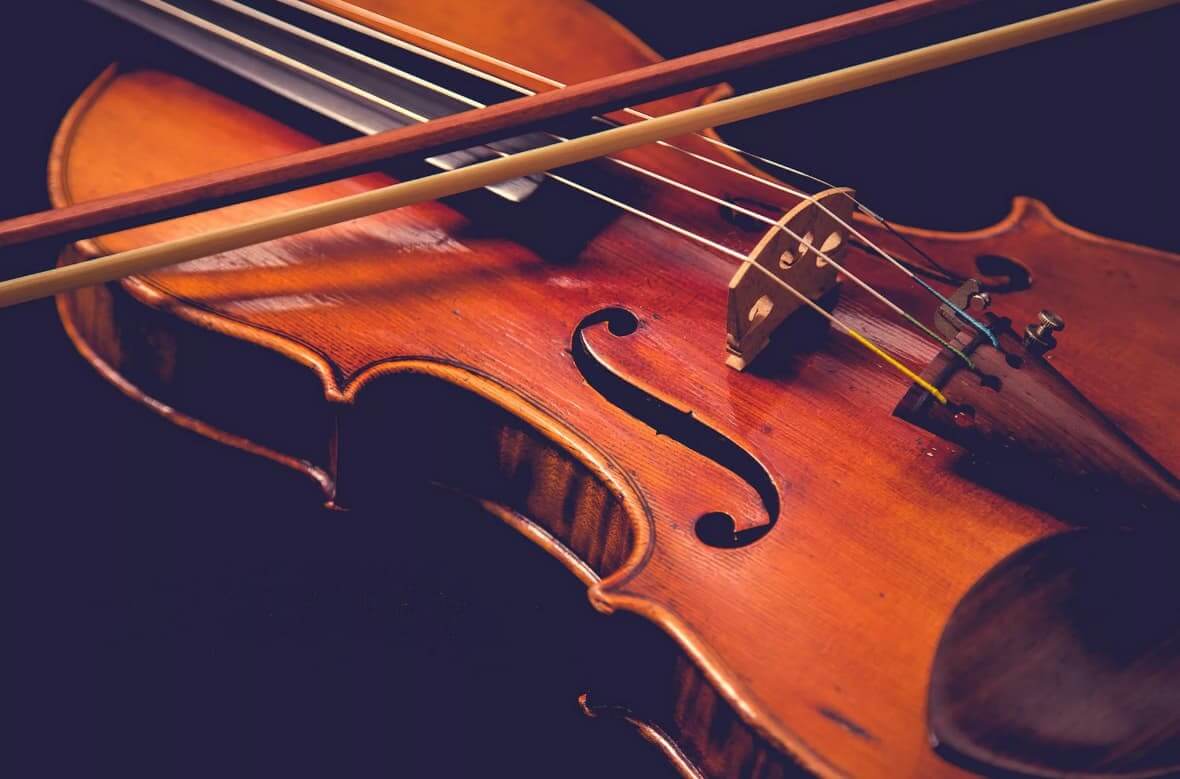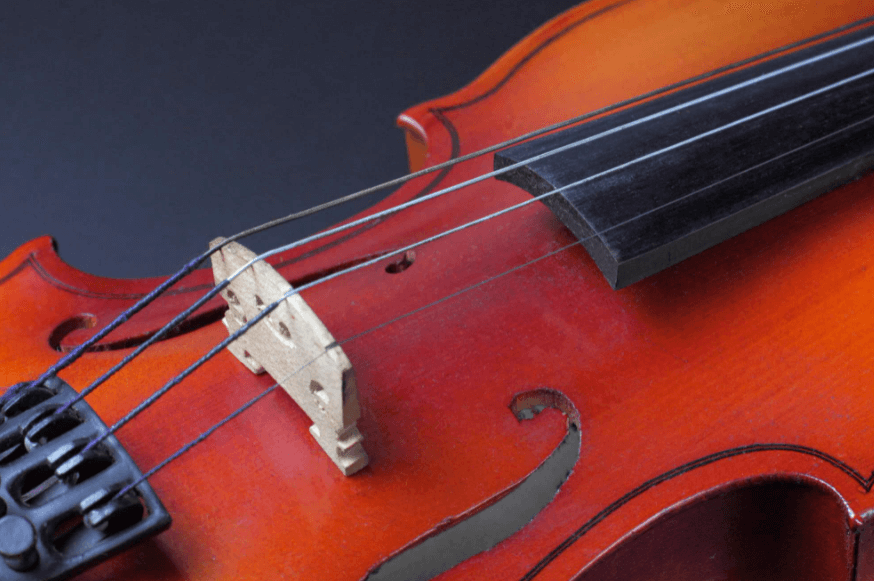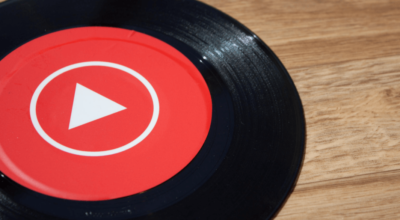Many individuals recall harboring childhood aspirations of becoming skilled violinists, yet circumstances often led them away from this dream.
Contents

Can Adults Learn to Play the Violin?
Contrary to popular belief, it’s never too late for adults to embark on a journey of violin mastery. However, self-study methods, like practicing exercises from books at home, may not suffice due to the instrument’s perceived complexity.
Learning the Violin: A Patience-Driven Journey
Mastering the violin demands patience and dedication, with success stories serving as inspiration for aspiring musicians.
Is Age a Barrier to Violin Mastery?
While learning the violin may come more naturally to children, adults can achieve proficiency with perseverance and focused effort.
Getting Started: Acquiring the Right Instrument
Acquiring a suitable violin is the first step toward honing your skills. Opt for a reputable retailer and consider factors like size, typically determined by arm length or height. Adults generally require a full-size violin, but trying out different sizes is essential for finding the perfect fit.
Familiarize yourself with the violin by learning to tune it, a process slightly more intricate than tuning a guitar. Properly rosining the bow and tuning the strings with a tuning fork are essential precursors to practicing.
Embarking on Your Musical Journey
With the instrument tuned and bow tightened, you’re ready to delve into violin practice. Remember, patience and consistent effort are key to progress. Enjoy the process and celebrate every milestone along the way to violin mastery.

Mastering the Violin: A Step-by-Step Guide
- Holding the Bow Correctly: Hold the bow with your index finger on the winding and the little finger slightly bent on the flat part. Keep the tips of your pinky, ring, and middle fingers level. Place your thumb opposite the bow’s back. Maintain a relaxed grip to avoid touching the bow with your palms.
- Acquiring and Positioning the Violin: First, obtain a violin. You can practice while seated or standing. Use your left hand to grip the fingerboard and support the violin against your neck, ensuring the bottom frame rests on your collarbone and is supported by your lower jaw.
- Producing the First Sounds: Position the bow between the bridge and fingerboard overlay, then gently run it across the strings. Experiment with tilting the bow at a 45-degree angle to the strings. Apply just enough pressure to produce a clear sound without straining.
- Playing Open Strings: Practice playing open strings without pressing them with your fingers. Use your left index finger and thumb to hold the fingerboard, while keeping your right wrist and shoulder aligned. Adjust the bow’s angle to switch strings and experiment with different bow speeds.
Progressive Practice and Mastery
Start with short daily practice sessions, gradually increasing to an hour or more as you improve. There’s no set timeline for mastering the violin—it varies for each individual. Consistent practice over time is key to lifelong improvement and enjoyment.

